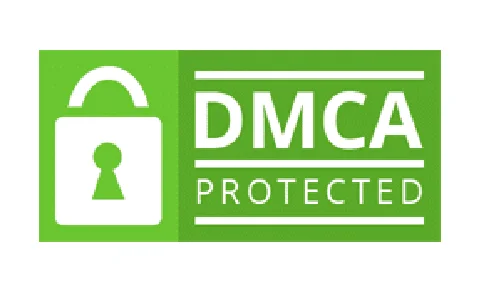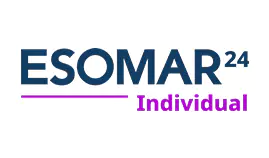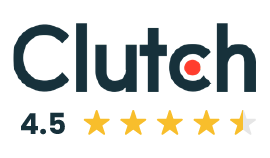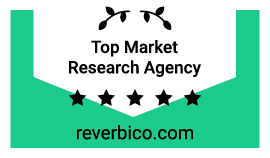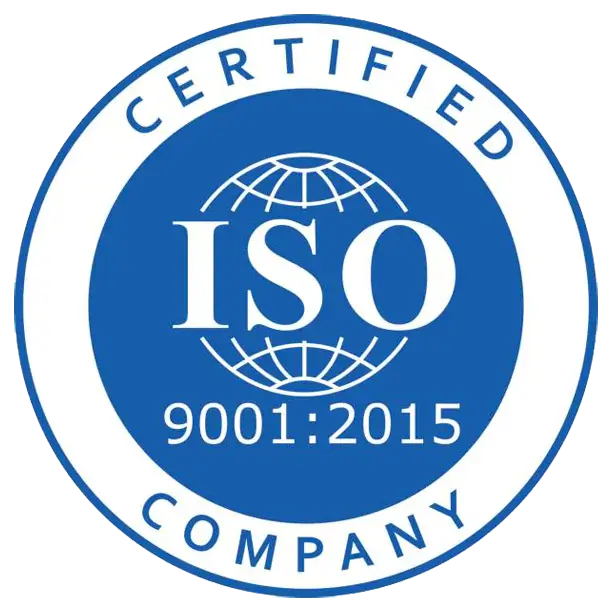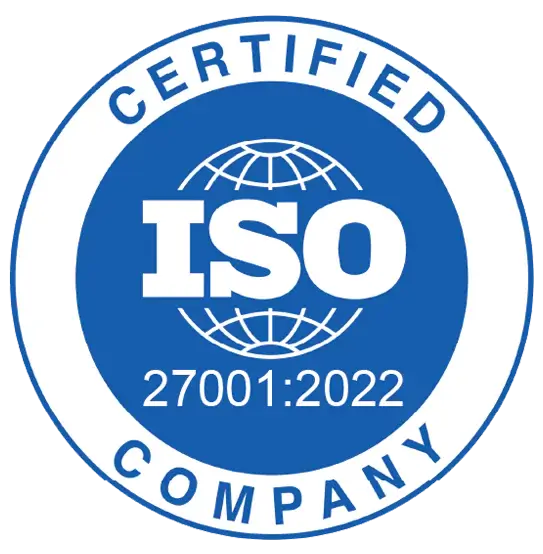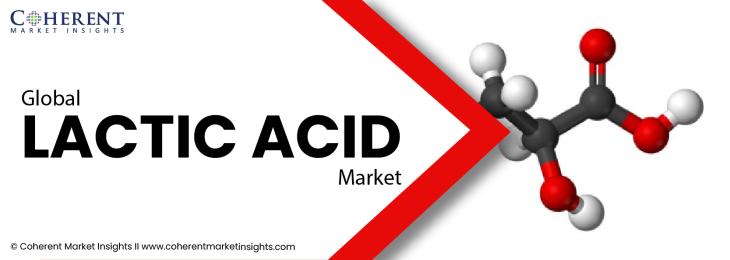
The Lactic Acid Market refers to the global industry that involves the production and consumption of lactic acid, a naturally occurring organic compound. Lactic acid is primarily used in various industries such as food and beverages, pharmaceuticals, and personal care products. It is used as a preservative, flavoring agent, pH regulator, and moisturizing agent. The market is driven by several factors. Firstly, the increasing consumer demand for natural and sustainable products is driving the growth of the lactic acid market. Consumers are becoming more conscious of the ingredients used in the products they consume and are opting for natural alternatives.
Additionally, the growing awareness about the health benefits of lactic acid, such as its anti-inflammatory and antimicrobial properties, is fueling its demand in the pharmaceutical and personal care industries. Moreover, the rising demand for lactic acid in the food and beverage industry as a food additive and acidulant is further driving the market growth. Furthermore, the market is expected to witness significant growth in the coming years due to the increasing focus on bio-based materials and the shift towards a circular economy. The Lactic Acid Market size is estimated to be valued at US$ 3,124.0 million in 2022 and is expected to exhibit a CAGR of 8.2% between 2023 and 2030.
Prominent Companies in the Lactic Acid Industry
1) Futerro: Futerro was founded in the year 2007 and is headquartered in Belgium. The company specializes in the production of lactic acid and its derivatives. They have a team of around 50 employees who work towards providing sustainable and innovative solutions to their customers. Futerro operates in more than 10 countries, including France, Germany, and the United States.
Key Insight: Futerro focuses on developing eco-friendly alternatives to traditional plastics and chemical products. They aim to reduce the carbon footprint and promote a circular economy through their bio-based solutions.
SWOT Analysis:
Strength: Futerro has a strong R&D capability, which enables them to develop innovative products and solutions.
Weakness: The market for bio-based products is still relatively niche, which limits the growth opportunities for Futerro.
Opportunity: Increasing consumer awareness about environmental sustainability creates a favorable market for Futerro's bio-based products.
Threats: Competition from traditional plastic manufacturers and the volatility of raw material prices pose challenges to Futerro's growth.
2) BASF SE: BASF SE, founded in 1865 and headquartered in Germany, is a leading chemical company that operates in various industries, including the production of lactic acid. With more than 122,000 employees worldwide, BASF SE has a strong global presence and serves customers in over 80 countries.
Key Insight: BASF SE focuses on sustainable development and aims to contribute to a more sustainable future through their innovative solutions.
SWOT Analysis:
Strength: BASF SE has a wide range of products and a strong global distribution network, which gives them a competitive advantage in the market.
Weakness: The company's size and complexity can sometimes lead to inefficiencies in decision-making and operations.
Opportunity: Growing demand for eco-friendly products presents opportunities for BASF SE to expand its lactic acid business.
Threats: Volatile raw material prices and regulatory challenges can impact the profitability of BASF SE's lactic acid business.
3) Galactic: Galactic is a global leader in the production of lactic acid and its derivatives. The company was founded in 1994 and is headquartered in Belgium. With over 350 employees, Galactic operates in more than 50 countries and serves a wide range of industries, including food, pharmaceuticals, and cosmetics.
Key Insight: Galactic prioritizes sustainable and responsible production practices, aiming to provide high-quality lactic acid solutions to their customers.
SWOT Analysis:
Strength: Galactic has extensive experience in the lactic acid market and a strong reputation for quality and reliability.
Weakness: The company's heavy reliance on raw material sourcing and supply chain management can be vulnerable to market fluctuations.
Opportunity: Increasing consumer demand for natural and organic products creates opportunities for Galactic's lactic acid solutions.
Threats: Intense competition in the lactic acid market and evolving regulations can pose challenges to Galactic's market share and profitability.
4) Henan Jindan Lactic Acid Technology Co. Ltd.: Henan Jindan Lactic Acid Technology Co. Ltd., founded in 1999, is a leading producer of lactic acid and its derivatives in China. The company has its headquarters in Henan and employs more than 500 people. Henan Jindan operates not only in China but also in other countries, including the United States and Europe.
Key Insight: Henan Jindan focuses on providing cost-effective and high-quality lactic acid solutions to meet the growing market demand.
SWOT Analysis:
Strength: Henan Jindan has a strong presence in the Chinese lactic acid market and benefits from the country's growing industrial sector.
Weakness: The company's international operations are relatively small compared to its domestic business, limiting its global market reach.
Opportunity: Increasing health and environmental awareness in China creates opportunities for Henan Jindan to expand its lactic acid business.
Threats: Intense competition from both domestic and international lactic acid producers poses challenges to Henan Jindan's market share and profitability.
5) Musashino Chemical (China) Co., Ltd.: Musashino Chemical (China) Co., Ltd. is a subsidiary of the Japanese company Musashino Chemical (China), established in 1990. The company specializes in the production and distribution of lactic acid and its derivatives. With around 200 employees, Musashino Chemical (China) operates primarily in China and has a strong presence in the Asian market.
Key Insight: Musashino Chemical (China) focuses on developing innovative lactic acid products to meet the diverse needs of its customers.
SWOT Analysis:
Strength: Musashino Chemical (China) benefits from the support and expertise of its parent company, which has a long history in the lactic acid industry.
Weakness: The company's geographic focus limits its market reach compared to larger global competitors.
Opportunity: Increasing demand for lactic acid in various industries, including food and personal care, presents growth opportunities for Musashino Chemical (China).
Threats: Intense competition from both domestic and international lactic acid producers and regulatory challenges pose threats to Musashino Chemical (China)'s market share and profitability.
6) Corbion: Corbion, founded in 1919, is headquartered in Amsterdam, Netherlands. It has approximately 2,000 employees worldwide. Corbion is a leading supplier of biobased ingredients and sustainable solutions for the lactic acid market. The company operates in over 100 countries, serving a wide range of industries such as food, chemicals, and pharmaceuticals.
SWOT Analysis:
Strength: Corbion's strong reputation as a global leader in biobased ingredients gives it a competitive edge in the lactic acid market.
Weakness: Corbion's heavy reliance on the food industry for revenue exposes it to potential market fluctuations and volatility.
Opportunity: The increasing demand for sustainable solutions and biobased products presents a growth opportunity for Corbion in the lactic acid market.
Threats: Intense competition from other key players in the industry and the possibility of regulatory changes may pose threats to Corbion's market position.
7) thyssenkrupp AG: Founded in 1999 and headquartered in Essen, Germany, thyssenkrupp AG is a multinational conglomerate with over 160,000 employees. The company operates in 78 countries and focuses on various industries including materials, industrial solutions, and elevator technology. thyssenkrupp AG also offers lactic acid products and solutions for multiple market segments.
SWOT Analysis:
Strength: thyssenkrupp AG's diversified portfolio across different industries provides stability and resilience in the lactic acid market.
Weakness: The company's large size and extensive operations may lead to potential complexities and difficulties in adapting to market changes.
Opportunity: The global shift towards sustainable materials and the increasing demand for lactic acid-based products offer growth opportunities for thyssenkrupp AG.
Threats: Intense competition from other key players and potential economic uncertainties may pose threats to thyssenkrupp AG's market share.
8) Dow: Dow, founded in 1897, is headquartered in Midland, Michigan, United States. With around 36,500 employees worldwide, Dow is a leading chemical company operating in approximately 160 countries. The company offers a wide range of products, including lactic acid, for various industries such as agriculture, automotive, and construction.
SWOT Analysis:
Strength: Dow's extensive global presence and strong brand reputation give it a competitive advantage in the lactic acid market.
Weakness: The company's heavy reliance on the chemical industry may expose it to potential market fluctuations and regulatory challenges.
Opportunity: The increasing demand for sustainable and biodegradable solutions creates growth opportunities for Dow in the lactic acid market.
Threats: Intense competition from other key players and the potential impact of environmental regulations pose threats to Dow's market position.
9) Cellulac: Founded in 2004, Cellulac is a biotechnology company headquartered in Blackrock, Ireland. With a relatively smaller employee count, Cellulac focuses on the development and production of bio-based chemicals, including lactic acid. While the company's exact presence in terms of countries is not specified, it primarily operates in Europe and collaborates with global partners.
SWOT Analysis:
Strength: Cellulac's strong expertise in biotechnology and commitment to sustainability give it a unique positioning in the lactic acid market.
Weakness: The company's smaller scale and limited resources may pose challenges in terms of scaling up production and expanding its market reach.
Opportunity: The increasing demand for renewable and eco-friendly solutions provides growth opportunities for Cellulac in the lactic acid market.
Threats: Intense competition from larger players in the industry and potential changes in regulations and market dynamics may pose threats to Cellulac's market position.
10) Jungbunzlauer Suisse AG: Jungbunzlauer Suisse AG, founded in 1867, is headquartered in Basel, Switzerland. With over 1,400 employees worldwide, the company is a leading producer of biodegradable ingredients, including lactic acid, for various industries such as food, pharmaceuticals, and personal care. Jungbunzlauer Suisse AG operates in more than 90 countries.
SWOT Analysis:
Strength: Jungbunzlauer Suisse AG's long-standing history and expertise in biodegradable ingredients give it a competitive edge in the lactic acid market.
Weakness: The company's heavy reliance on the food industry for revenue exposes it to potential market fluctuations and consumer preferences.
Opportunity: The growing demand for eco-friendly and natural ingredients offers growth opportunities for Jungbunzlauer Suisse AG in the lactic acid market.
Threats: Intense competition from other key players and potential regulatory challenges may pose threats to Jungbunzlauer Suisse AG's market position.



